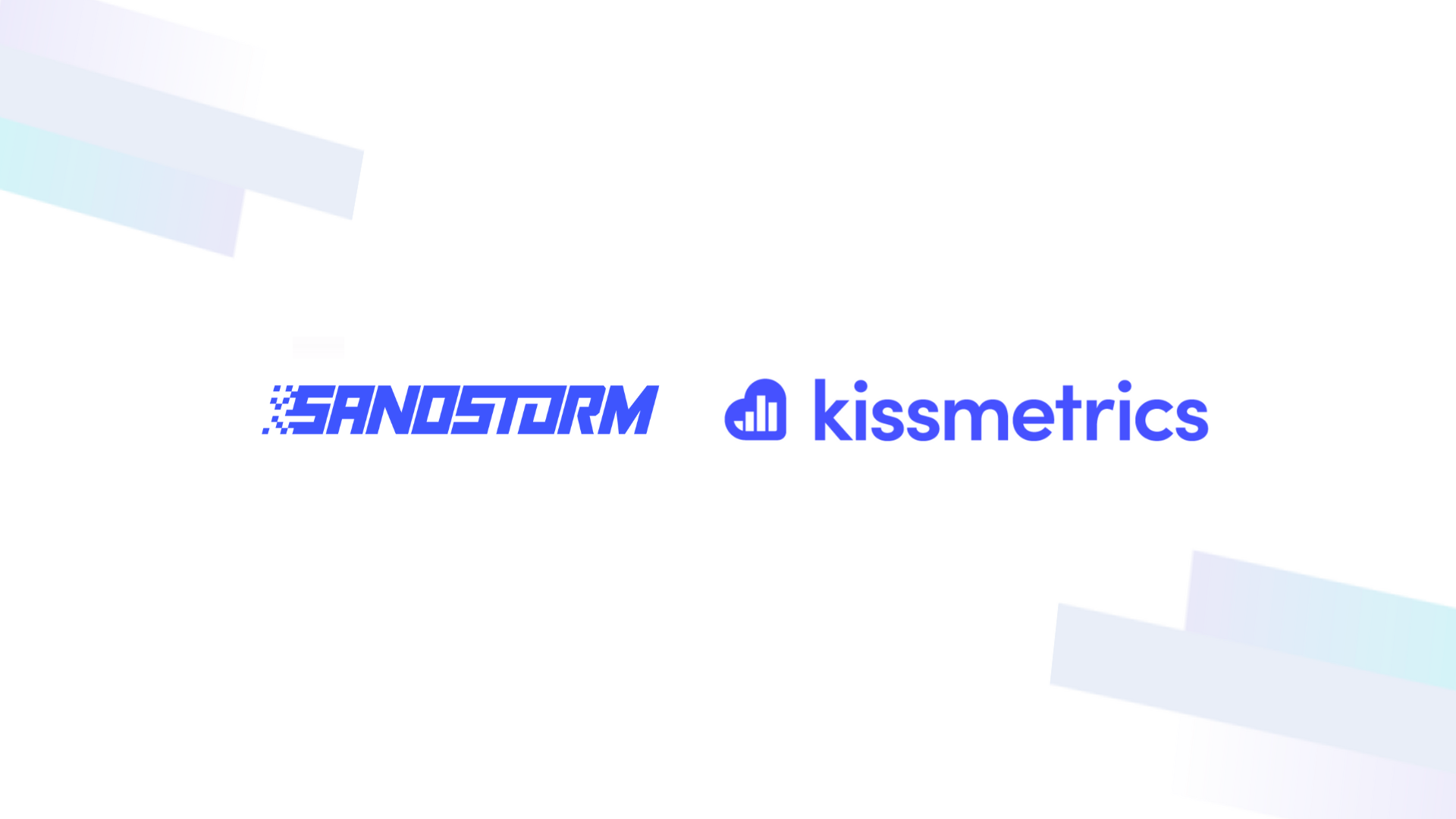
Customer Lifetime Value: What is it and How to Calculate It

One of the most critical KPIs for your company to track is your customers’ lifetime value (CLV). Customers are key for any business and knowing what your customers are worth is critical. Customer lifetime value is a perfect metric for companies looking to understand the potential each new client brings to the table.
What is Customer Lifetime Value (CLV)?
Your CLV is the calculation of how much money the average customer contributes to your company over the duration of their relationship with your company. This KPI is helpful for seeing how much each customer spends and determining the true value of gaining and keeping a new customer.
Why is CLV Important?
Customer lifetime value gives your company important insight into the potential value of each customer, making forecasting a much easier process. It’s critical for any business to understand what each customer is worth from a financial perspective. Customer lifetime value gives your company a clear view of the financial value provided by each customer.
For instance, when looking at customer retention, CLV is a perfect KPI to use for justifying a budget. CLV can also help determine customer loyalty programs. Discounts or incentives can be justified based on the value each customer will continue to bring to your business.
How Does CLV Relate to Customer Acquisition Cost (CAC)?
Customer lifetime value is a great KPI to compare directly against customer acquisition cost. When dividing CLV by CAC you then get the ratio of CLV to CAC, a sign of customer profitability and how efficient your marketing strategy is performing.
Remember, attracting new customers to your business can be an expensive process, especially if you don’t have a clear understanding of what each customer can bring to your company. So, It’s also important to make sure CAC isn’t outpacing CLV.
If your business model does not rely on many repeat customers, then you’ll need to account for the cost of acquiring new customers. CLV is a helpful KPI to use when setting budgets for attracting new customers.
How Do I Calculate Customer Lifetime Value?
Customer lifetime value is a calculation of multiple data points. These points can vary from company to company depending on the products or services being offered. Kissmetrics can help you narrow in on the most important metrics for your situation with our Metrics tool. Some of the most popular data points to calculate CLV:
- Average purchase value
- Average purchase frequency rate
- Customer value
- Average customer lifespan
- Final CLTV
Average Purchase Value
The average purchase value is a metric that represents the average cost of a purchase made by a customer. This metric will often be used alongside a metric that shows the average number of units per transaction. Average purchase value will vary widely depending on your products or services. Kissmetrics can help you narrow in on a good goal for your company.
Average Purchase Frequency Rate
The average purchase frequency rate is the measure of how often customers are buying services or products from your business. The calculation for this metric is the number of goods or services sold in a period divided by the number of unique customers in the same period. The period for this measure can be set based on how far back you’d want the trends observed.
Customer Value
A metric that shows what value each customer brings to your company over a given period is customer value. When you combine the average purchase value and the average purchase frequency rate, you can then calculate the customer value metric. The customer value metric is also time-sensitive, so it will need to be calculated over set periods of time.
Average Customer Lifespan
The average length of time a person is an active user with your company is calculated as the average customer lifespan. The parameters for what constitutes an active customer will depend on your business but should include customers that are spending money with your business on a regular basis. If a customer leaves for an extended period and then returns, they would most likely count as a new customer. Average customer lifespan is the final metric needed to calculate customer lifetime value.
Final CLV
In order to calculate the CLV, you need to have your business’s average purchase value, average purchase frequency rate, and average customer lifespan. With these metrics, you’ll know how valuable each customer is at any given time and how long they are likely to stay a customer of your business. These measures will then give you the CLV metric, which is key for projecting the long-term outlook of your business.
What Main Factors Affect My Company’s CLV?
Customer lifetime value is influenced by many factors in your business so it’s important to monitor all metrics that drive your CLV, but some are more important than others. For most businesses some of the key factors are:
- Churn rate
- Customer loyalty
- Customer satisfaction
- Scalable sales and marketing
Churn Rate
When referencing customers, the churn rate is the number of customers that leave your business over a given period. Some churn is normal for all companies, but it’s key to monitor this metric and compare it to the new customers gained over the same period. Since churn rate measures how many customers are leaving your business, it plays a huge factor in your company’s CLV metric. Finding ways to reduce your churn rate and hold on to customers is an excellent way to increase your CLV.
Customer Loyalty
The customer loyalty metric is a measure of how likely it is that a customer does repeat business with your company. This metric is also set over a specific period, depending on your business type. Getting a new customer to your business is important, but bringing back a customer for repeat business is even better. Customer loyalty has a huge impact on your CLV KPI. Even slight increases in the number of customers that become repeat shoppers will yield big increases to the CLV number.
Customer Satisfaction
How happy your users are with your company is the customer satisfaction metric. Unlike the other metrics, feedback from customers is required to measure customer satisfaction. Tools like feedback forms, surveys, product reviews, and other rating forms can be combined to create an overall customer satisfaction metric. Customer satisfaction has an indirect effect on many metrics, most importantly CLV. No matter what products or services your company offers, customer satisfaction should always be something a company strives to improve.
How Can I Improve My Company’s CLV?
Improving your company’s CLV is vital to the growth and success of your business. A few great ways to improve your CLV are:
- Email and SMS retargeting
- Loyalty programs
- Open communication
- Effective onboarding
Email and SMS Retargeting
Some handy tools for helping convert more sales are email and SMS retargeting. It’s important to collect existing, and if possible, new, email addresses or phone numbers from your customers in order to send them retargeting content. Emails or SMS can contain things like requests for product reviews, reminders to finish checking out a cart, sales notifications, new product alerts, and other notifications to get them back to your business. These are great ways to get more customers back to your site, increasing your CLV metric.
Loyalty Programs
Creating a system that rewards customers for staying with your company would be considered a loyalty program. Signing up for emails or SMS could be an effective option for loyalty programs. As customers spend more money, the rewards could increase, giving increased incentives for the customer to remain loyal to your company. Rewarding top customers helps customer satisfaction and increases CLV.
Open Communication
Creating open channels of communication helps build customer trust and holds your business more accountable. Gathering customer feedback to look for improvement is a good example of open communication. Customer opinions can often provide insight on products or services that may not have been previously considered. Having a quick and responsive customer service department is a great way to achieve open communication with your customers. Better interactions with customer service improve a customer’s satisfaction which helps to increase their CLV.
Effective Onboarding
Customer onboarding is key to setting up a good relationship with new customers. Making sure customers get the proper information about your products and services maximizes the value your company delivers. The onboarding process can also be about teaching customers how to work with your business. It’s a good opportunity to establish a good line of open communication, critical for improving CLV.
Conclusion
While the calculation for CLV may vary slightly by company, the importance is high for all companies. When making decisions in your business, always keep CLV in mind. Kissmetrics can help you track your CLV and other important KPIs. Company growth and success depend on a strong customer base that continuously returns to your products.
Sources:
The Case for Customer Value as your Lead Metric in 2021


